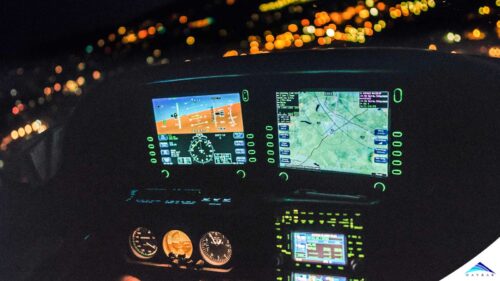Artificial intelligence can safely avoid collisions, predict the intent of other aircraft, track aircraft and coordinate with their actions, and communicate over the radio with pilots and air traffic controllers.
Researchers at Carnegie Mellon University have developed the world’s first AI pilot that can autonomously navigate an aircraft through a crowded space. It can avoid collisions, predict the intent of other aircrafts, track aircraft and coordinate with their actions, and communicate over the radio with pilots and air traffic controllers.

The AI communicates with other aircrafts using both visions and natural language to share its intent. This was achieved by training the AI using the data, such as air traffic patterns, images of aircraft and radio transmissions from Allegheny County Airport and the Pittsburgh-Butler Regional Airport.
The AI uses six cameras and a computer vision system to detect other aircrafts. The system also consists of an automatic speech recognition function that uses natural language processing techniques to both understand incoming radio messages and communicate with pilots and air traffic controllers using speech.
“This is the first AI pilot that works in the current airspace,” said Sebastian Scherer, an associate research professor in the RI and a member of the team. “I don’t see that airspace changing for UAVs. The UAVs will have to change for the airspace.”
The Ai is yet to be tested on an actual aircraft but has reported to work perfectly on the simulators. The researchers performed the tests using two flight simulators. One was operated by the AI while the other was manually operated. The AI safely navigated across the space even though the man behind the wheels was inexperienced.
Artificial Intelligence(AI) is growing into one of the most fascinating discoveries. Researchers are adapting AI in a wide range of technology, advancing towards the desired future with a very satisfying pace. Advancement in autonomous aircraft will broaden opportunities for drones, air taxis, helicopters and other aircraft to operate — moving people and goods, inspecting infrastructure, treating fields to protect crops, and monitoring for poaching or deforestation — often without a pilot behind the controls.






